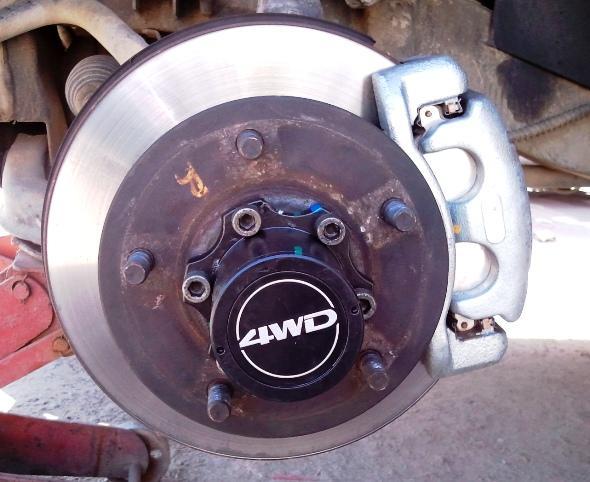Brake failure! How to stop a car with no brakes?
Brakes are one of the most important parts of your car for your safety. Pay attention to any kind of braking problem immediately, or you could land up in big trouble. But if your brakes do fail, here are some emergency stopping steps to follow. Don’t panic!
We lists a few steps to follow if you experience brake failure in both slow speed and high-speed conditions.
Slow-speed brake failure
At slow speed, in bumper-to-bumper traffic, brake failure can happen if the engine rpm is too low for the car to generate enough vacuum to operate the brake booster.
Or the brakes could fail for other reasons such as a jammed brake caliper, a leaking master cylinder, drained out brake fluid or a snapped brake pipeline. Usually, if brake fluid has drained out, you will get a warning lamp on the dash lighting up (either the parking brake lamp or a triangle with an exclamation mark in it). If there’s no brake fluid the pedal will feel soft and sink all the way to the floor with little or no braking action.

What to do?
- Pump the brakes: Rapidly press and release the brake pedal, you may get some braking action, just enough to slow or stop the car.
- Downshift to first gear quickly. Release the clutch and don’t touch the accelerator.
- Pull the handbrake up gently and bring the vehicle to a halt.
- Switch off the ignition, with the vehicle still in first gear. Don’t press the clutch, let the dead engine do the braking.
- If you are in traffic and the brakes fail, switch on your hazard lights, headlights and honk the horn to warn other drivers.
- If you are close to the divider or curb, steer toward it and brush the tyres slightly against it to help stop the vehicle if needed
- If there’s sand, mud or slush on the side of the road drive into it – it will slow and stop the car.
Once the vehicle has come to a halt, keep the hazard lights on and call for help. Don’t attempt to drive the vehicle without brakes. It will be better to get it towed by a crane or flat-bed truck to the workshop.
High-speed brake failure
If you are driving at high speed and the brakes fail, things can get very risky, very quickly. One usually realizes the brakes aren’t functioning only when you press the pedal to slow down for something – at which point it may be too late. However, if you keep your calm and act swiftly, you may be able to salvage the situation with minimal or no damage.
What to do?
- Immediately begin downshifting the gears if you have a manual transmission, shift to third, then second and then to first as the speed drops.
- Keep pumping the brake pedal as sometimes there may be some residual pressure that helps in braking.
- As you downshift, pull the handbrake up, but be careful of locking the rear-wheels as that can result in the car going into an uncontrollable skid and complicate the situation.
- Switch off the ignition, with the car in gear and clutch released to try and brake the vehicle with engine drag. But do this only once the car has slowed down considerably, otherwise you will lose steering control and what little brake assist remains as well.
- Keep full control on the steering wheel. Steer away from the obstacle, toward the side of the road. Keep swerving the wheel slightly as this increases friction and can slow the vehicle a bit.
- If the car has still not come to a halt, try driving into gravel or sand on the side of the road to increase friction. Don’t try brushing against the divider or hill-side at speed as this can damage the car badly or even flip it over leading to a fatal crash.

How to avoid brake failure?
Generally, you will have an inkling of an impending brake failure by the behavior of the brake pedal. If the pedal loses its feel and feels soft and mushy, get it checked immediately. Check the brake fluid level. If the pedal goes hard and loses vacuum boost, is another sign of impending brake failure. Other signs to watch out for include noisy brakes, grinding, screeching or whining sounds from the discs or drums and a smell of hot metal burning (brakes generate plenty of heat).
Check your brake fluid levels weekly. Check and inspect the brake pads and discs at every service and get the pads replaced at the recommended intervals.
Don’t ride the brakes too much, especially when driving downhill. Shift into a lower gear and let the engine braking help, while going downhill. Brake only when necessary in short bursts and not continuously for too long as this builds up excess heat.
After you drive through water or a deep puddle, always gently pump the brakes to dry out the pads and discs. Water in the brakes can lead to brake failure – or the brakes not holding as needed.
Share any experiences or tips for emergency braking with the CarToq community.



















